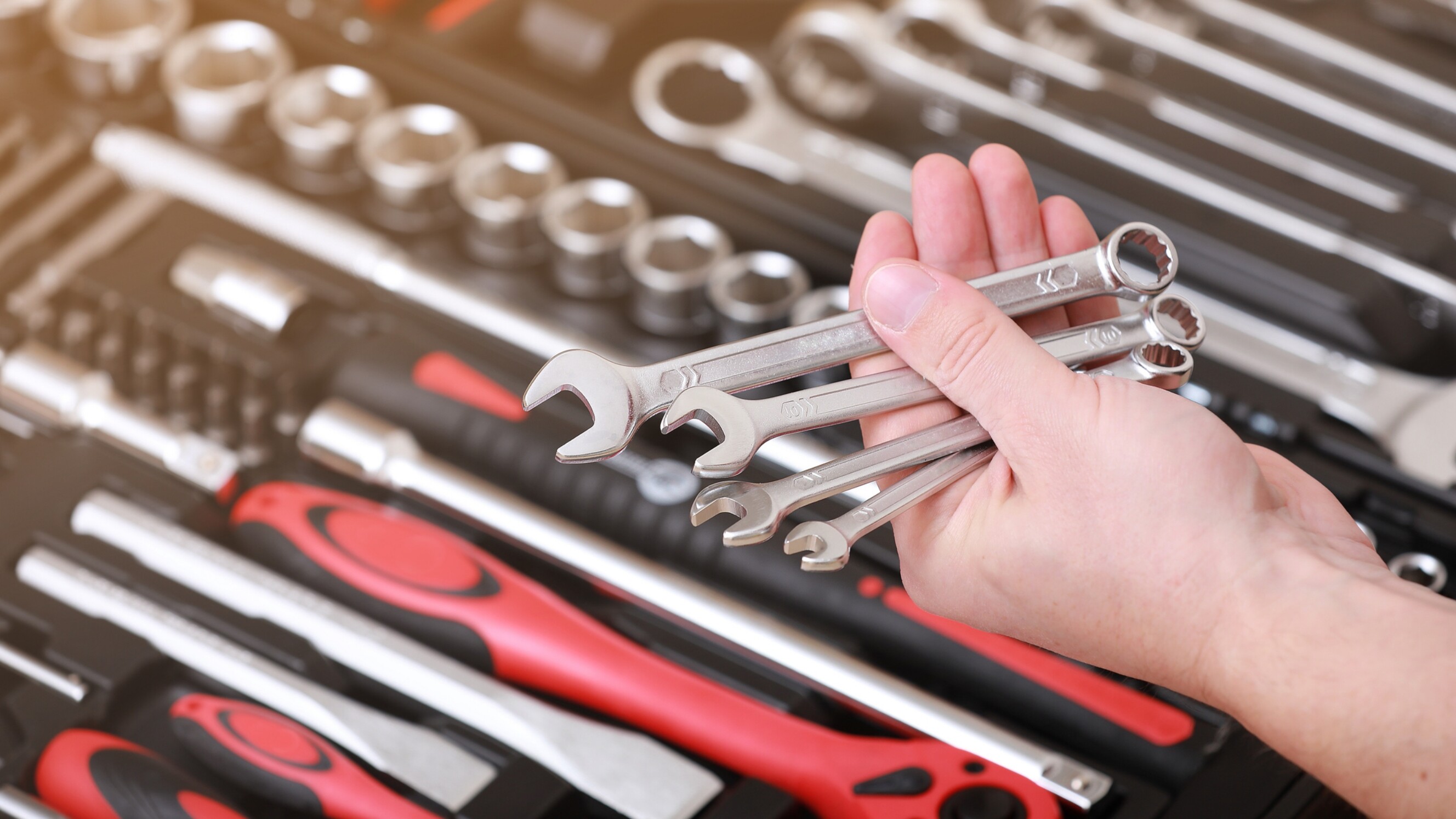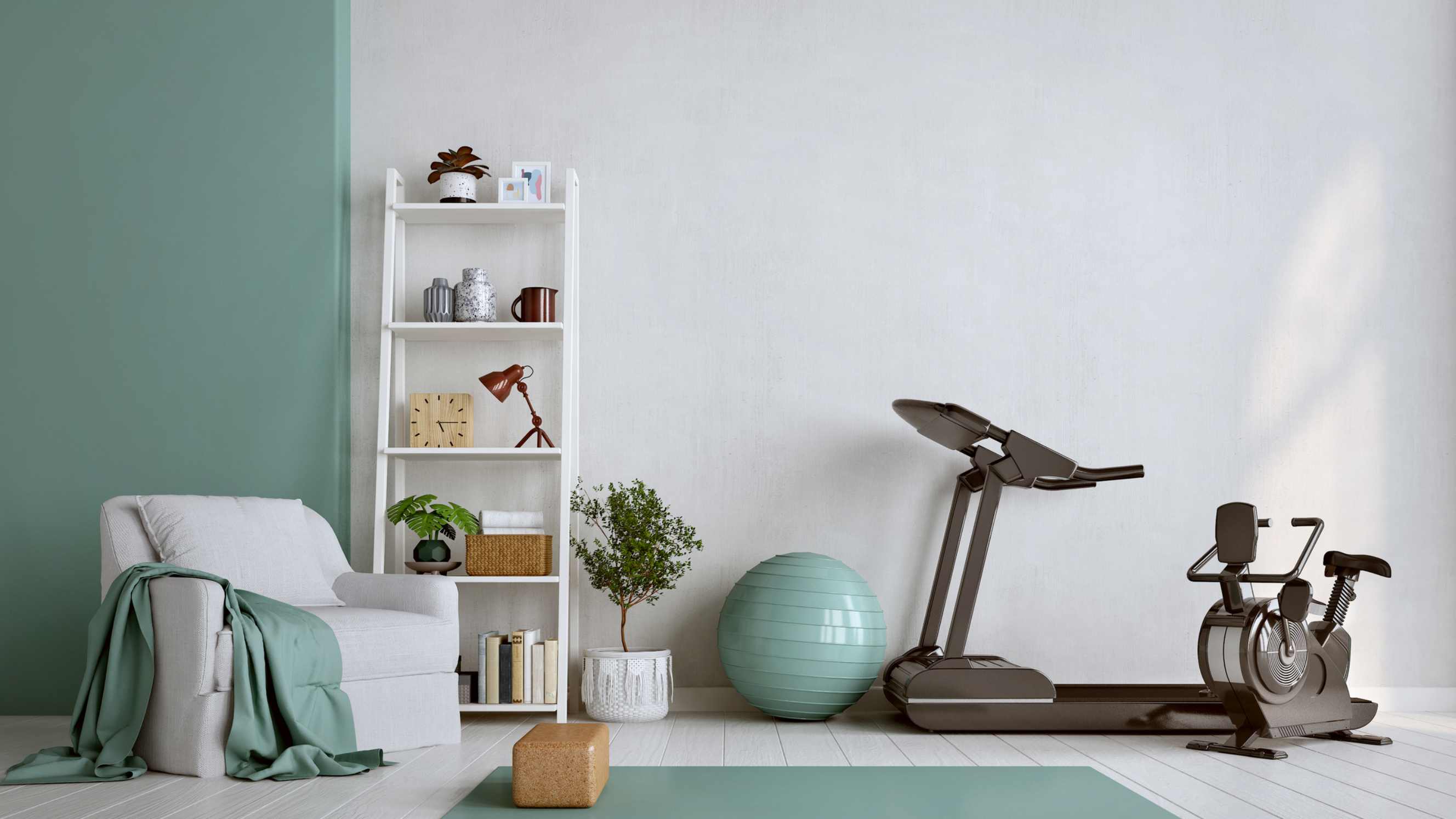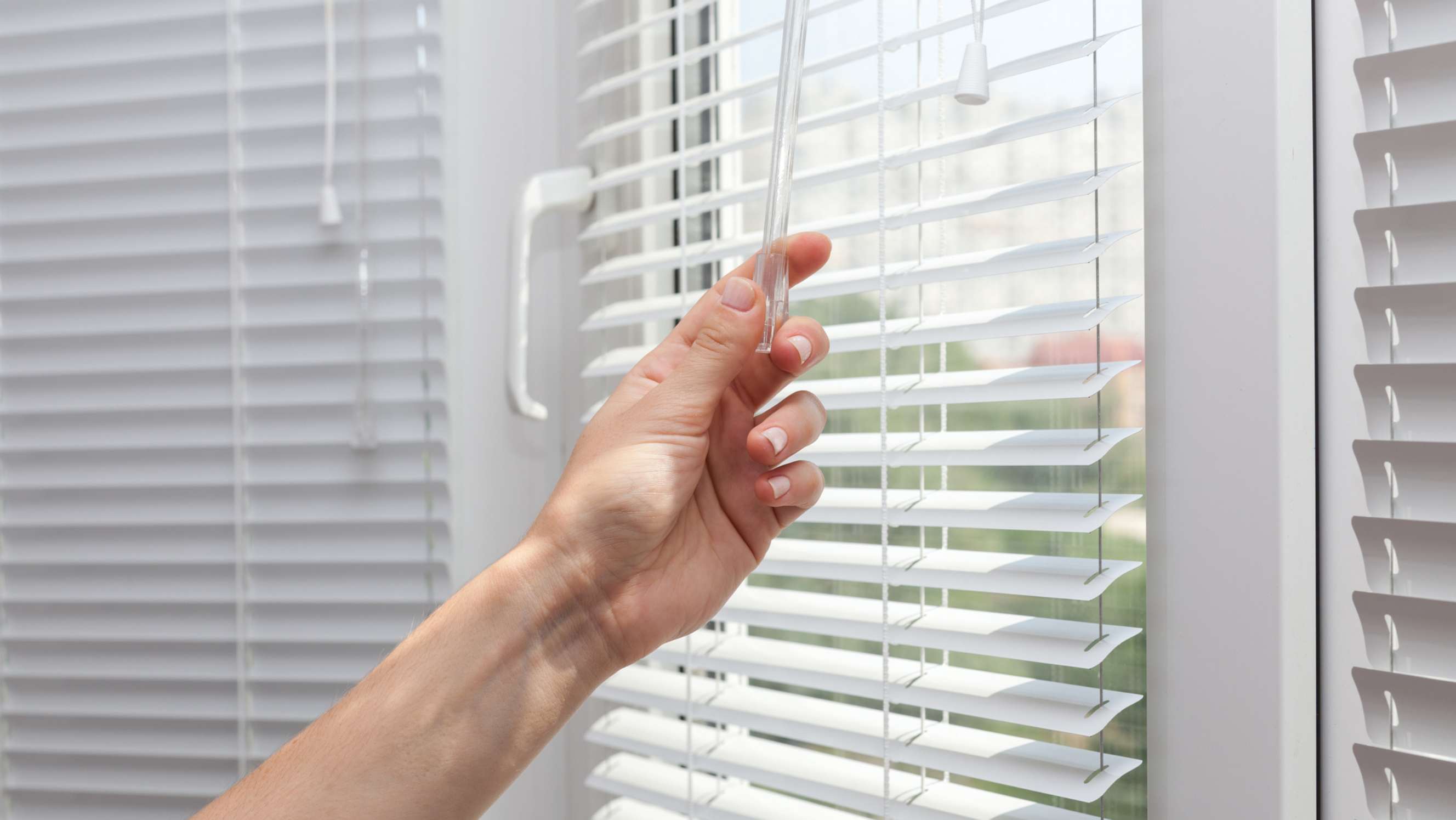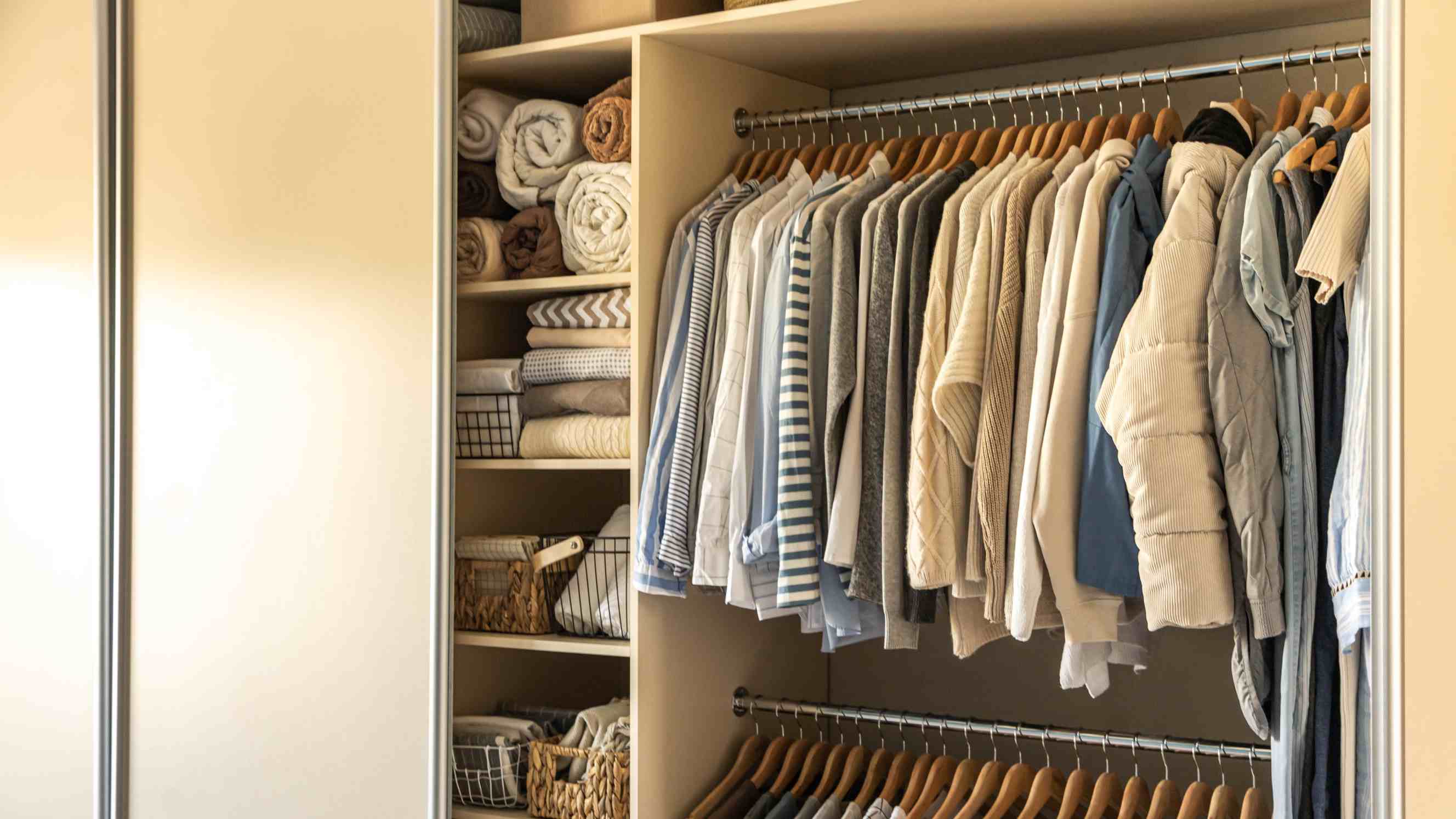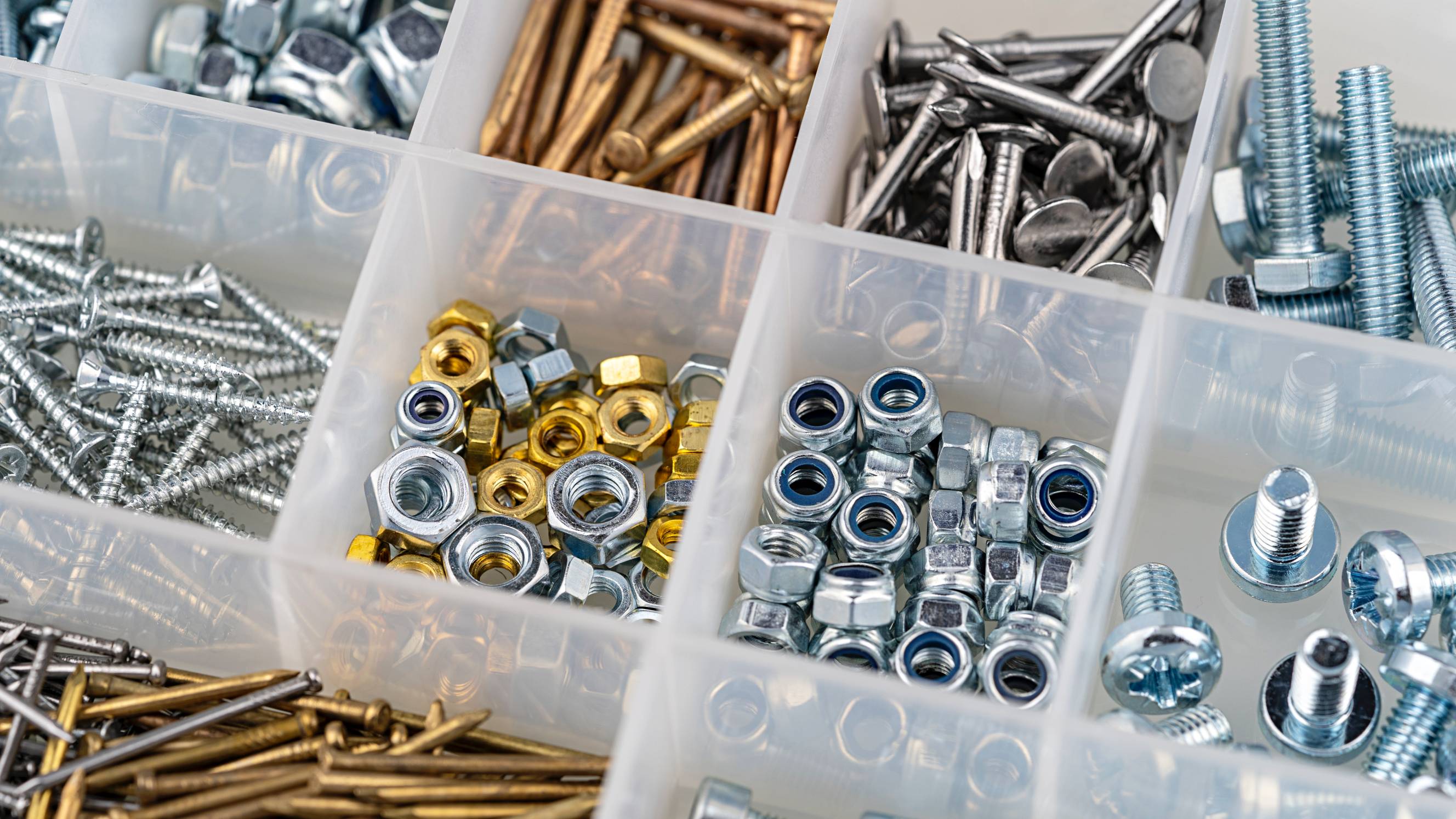
- Home/
- Comparisons/
- Assembly/
- Screw vs Bolt
Screw vs bolt: Which do you need for your assembly project?
Comparing screws and bolts based on fastening strength, application range, and more
Published on
Key Facts
- Screws are versatile fasteners. They have a spiral groove called threads and a head for turning with a screwdriver. You can screw them into a hole with matching threads, or the threads can be created by screwing them into softer materials like wood.
- Bolts are strong fasteners that use a nut to clamp two pieces together. The bolt has threads that screw into the nut, and a wrench or spanner is used to tighten the connection for a secure hold.
Whether you’re putting together furniture or tackling a DIY project, understanding the difference between a screw vs bolt is key. It can save you frustration and ensure you get the right hardware for the job. This guide will break down the key distinctions between screws and bolts, covering their physical features, intended uses, and relative costs.
What is a screw?
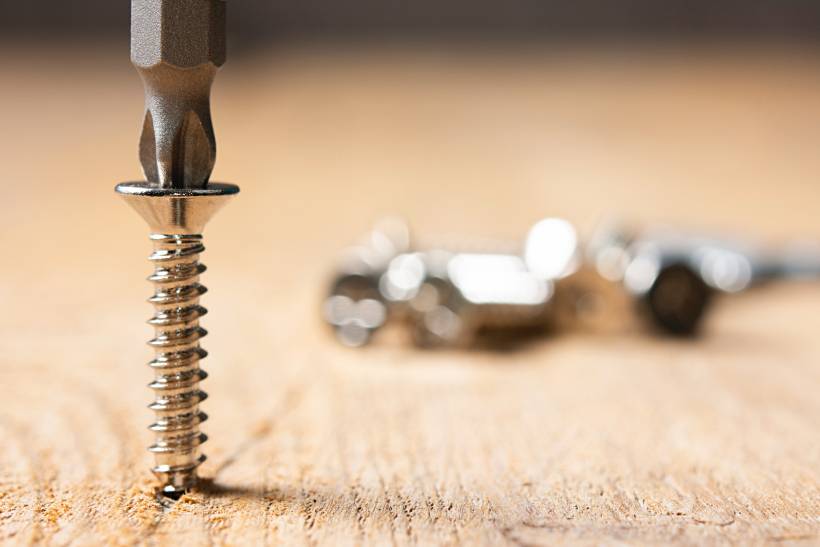
A screw is a metal fastener with a spirally grooved shaft (called a thread) running along most of its length. This design allows it to function in two ways:
Create its own thread: When screwed into a softer material like wood, the threads dig in and create a tight hold.
Fasten into a pre-threaded hole: In harder materials or when needing a stronger hold, the screw mates with a threaded hole, creating a secure connection.
To tighten or loosen the screw, you apply torque (twisting force) to the head. This head typically has a slot or recess designed to fit a specific screwdriver, like the familiar cross pattern of a Phillips screwdriver.
What is a bolt?

Similar to screws, bolts have external threads along their shaft. But unlike screws that create their own threads or screw into pre-drilled threaded holes, bolts are typically used with nuts.
A nut is a separate, donut-shaped piece with internal threads that match the bolt. Tightening the nut compresses the parts being joined, creating a secure ‘pressure sandwich’ between the bolt head, the parts, and the nut.
Bolt vs screw: Which is better for your needs?
The popularity of self-assembly furniture has fueled the DIY movement. But if you can’t tell the difference between screws and bolts, your next project could become a frustrating fumble.
In the next section, we’ll explore the key distinctions between these common fasteners, empowering you to choose the right ones for any furniture assembly or disassembly project.
In terms of design simplicity
Screws are all about convenience. They thread directly into two pieces using a screwdriver, with some like wood screws even creating their own threads. This makes them perfect for quick projects, whether you have access to both sides or not.
Bolts, meanwhile, prioritize strength. They work with a nut on the opposite side, creating a powerful ‘clamping’ force. While tightening requires a nut and perhaps a wrench, the bolt-and-nut combo offers superior long-term stability for tougher jobs.
In terms of fastening strength
Screws are generally smaller and tend to be threaded along their entire length. This compact design minimizes damage by reducing the risk of splitting wood or cracking plastic, making them ideal for furniture assembly or projects involving softer materials.
Bolts are the muscle of the fastener world. They’re larger and often come with unthreaded sections (shanks) for extra strength. Unlike screws, they don’t thread directly into materials. Instead, they pass through pre-drilled holes and are secured with nuts, sometimes accompanied by washers for additional stability. This makes bolts perfect for heavy-duty projects like dining tables, sheds, and even roofs.
In terms of application range

Even in complex builds like large IKEA furniture, you’ll find both nut screws and self-tapping bolts playing essential roles. As discussed earlier, their designs make them perfect for different situations.
Screws excel at securely joining smaller projects, regardless of the material (wood, plastic, or metal). However, bolts take centre stage for larger and heavier furniture due to their superior holding power. This explains why construction and cars rely heavily on bolts, while furniture and appliances primarily use screws.
In terms of load-bearing capacity
Bolts, with their sturdy design, are the preferred choice for securing structural elements in outdoor projects like roofs, sheds, and porches. Their strength also translates to applications like massive bridges handling significant weight.
Screws, however, are a valuable alternative for lighter-weight applications. They provide a reliable fastening solution for furniture such as cabinets, tables, and spice racks.
In terms of assembly convenience
Screws offer a clear advantage in terms of installation ease. They typically require just a screwdriver, making them a one-handed operation. Plus, you only need access to the front side of your project, as the screw creates its own threads as it’s driven in.
In contrast, bolts necessitate access to both sides of the project. Since they rely on a nut for fastening, you’ll need wrenches or another tool to tighten from the other side. This can introduce challenges in specific situations.
Get professional help for your assembly projects with Airtasker

Don’t let the difficulty of picking screws and bolts hold you back from your dream home improvement project! Airtasker connects you with skilled handymen who can take on various jobs, from assembling furniture to fixing leaky faucets, so you can skip the hardware store and focus on other essential tasks. Simply post a task and find a professional fit for your budget.
Screw vs bolt
| Screw | Bolt | |
|
Design Simplicity |
Easy to thread and use |
Requires more skill to tighten |
|
Fastening Strength |
Secure on light materials |
Secure on light to heavy materials |
|
Application Range |
Ideal for light projects (small furniture) |
Suitable for heavier projects (long tables, automobiles) |
|
Load-bearing Capacity |
Light loads |
Heavy loads |
|
Assembly Convenience |
Quick and easy assembly |
May require some tool skills for assembly |
FAQs on screws and bolts
There are many types of screws, but some of the most frequent ones you’ll encounter include:
Wood screws: Good for joining pieces of wood together.
Machine screws: Typically used for metal-to-metal applications.
Lag screws: Strong screws for heavy-duty jobs.
Hex cap screws (also known as hex bolts): Have a hexagonal head for tightening with a wrench.
Using a bolt as a screw might work in some situations, especially if:
The bolt is fully threaded (like a set screw).
The material you’re screwing into is soft and can create its own threads as the bolt is turned.
However, it’s generally not recommended. For best results, use the fastener specifically designed for the job - a screw for threaded holes and a bolt with a nut for unthreaded holes.
Steel structures rely on several types of high-strength bolts for secure connections. Here are some of the most common:
High-strength structural bolts: These are the workhorses of steel construction, like A325 and A490 bolts. They come in specific grades with precise tightening requirements for maximum strength.
Hex bolts: While common, hex bolts in steel structures are typically high-strength versions, not the regular hex bolts you might find at a hardware store.
Find assembly service, fast
Post a task
Related articles
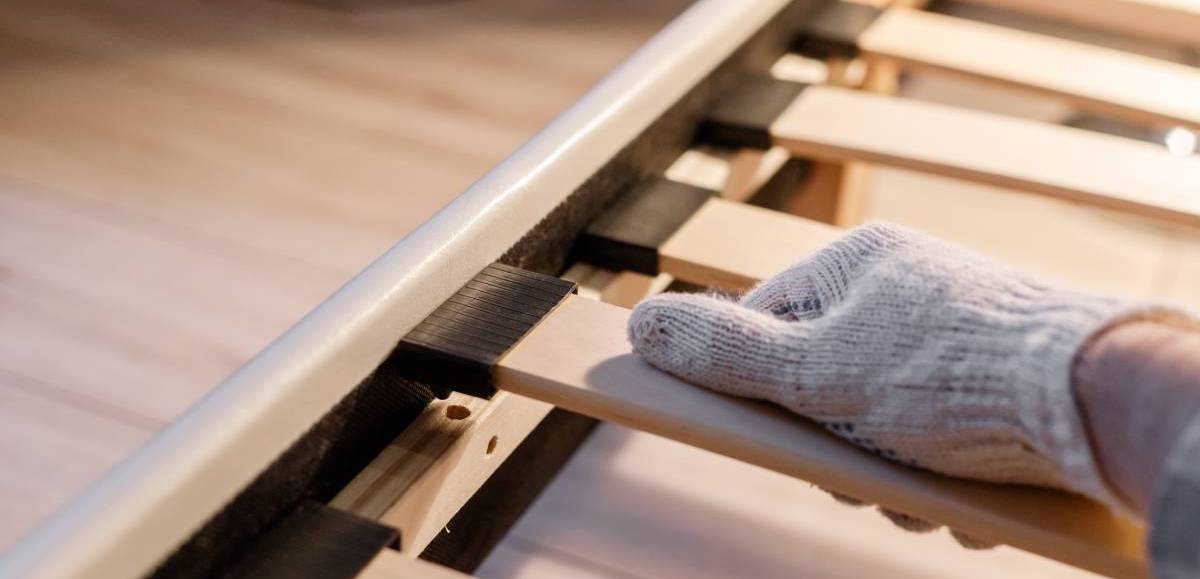
5 Steps to disassemble a bed frame
Read more
